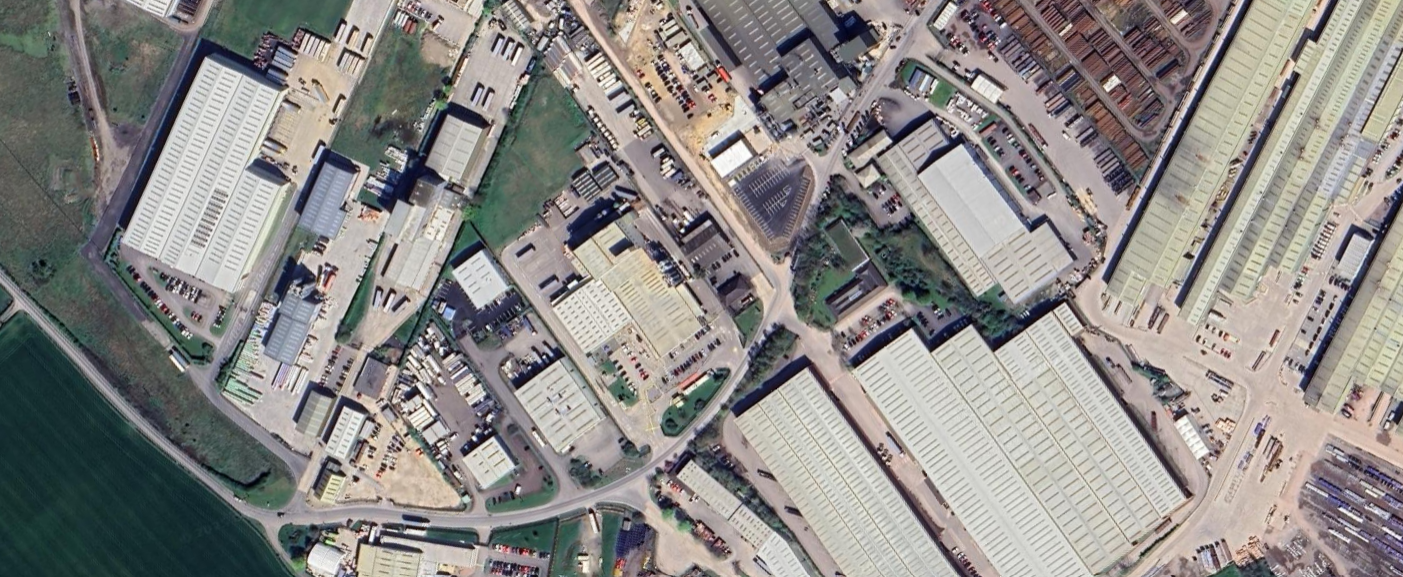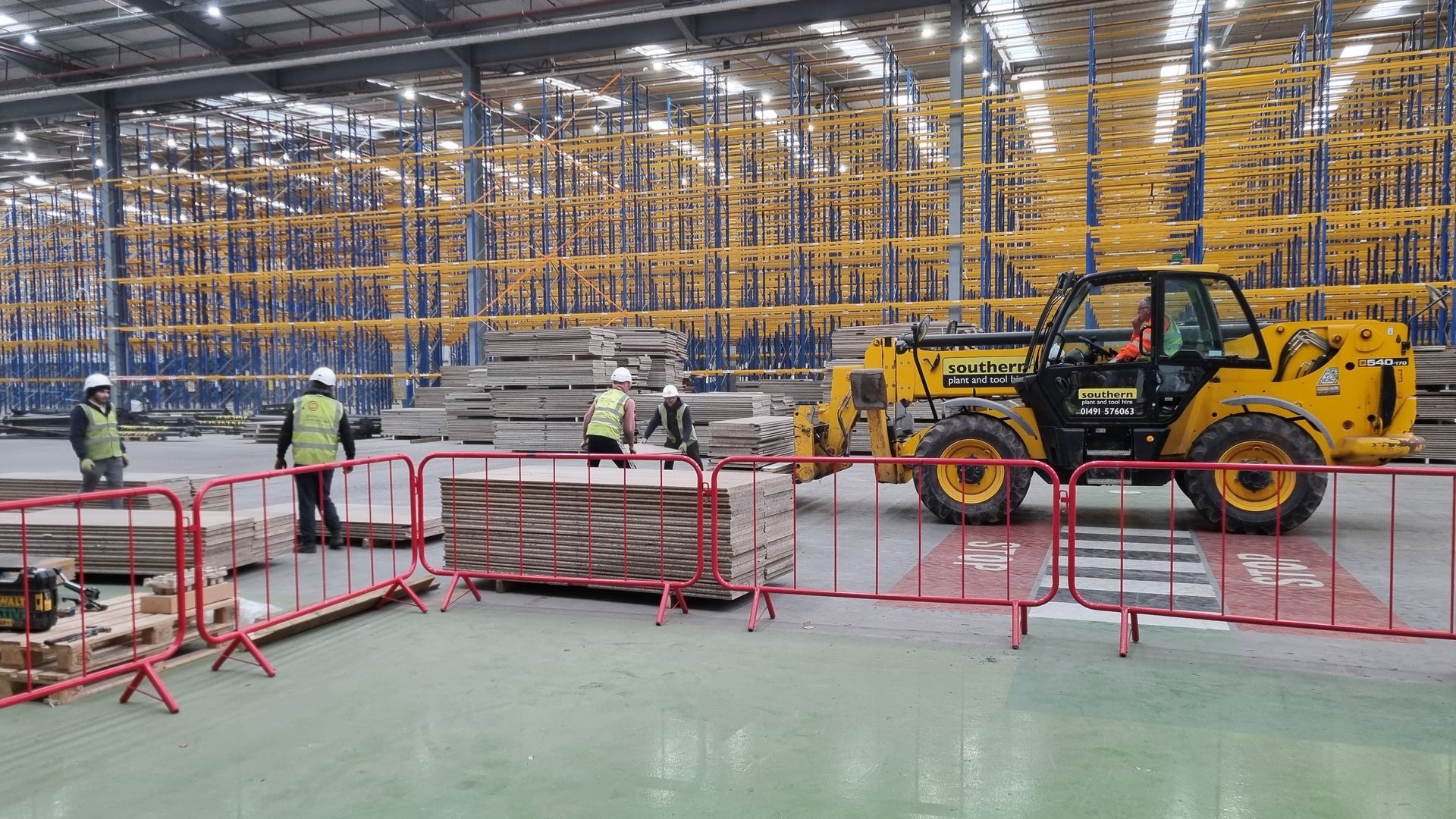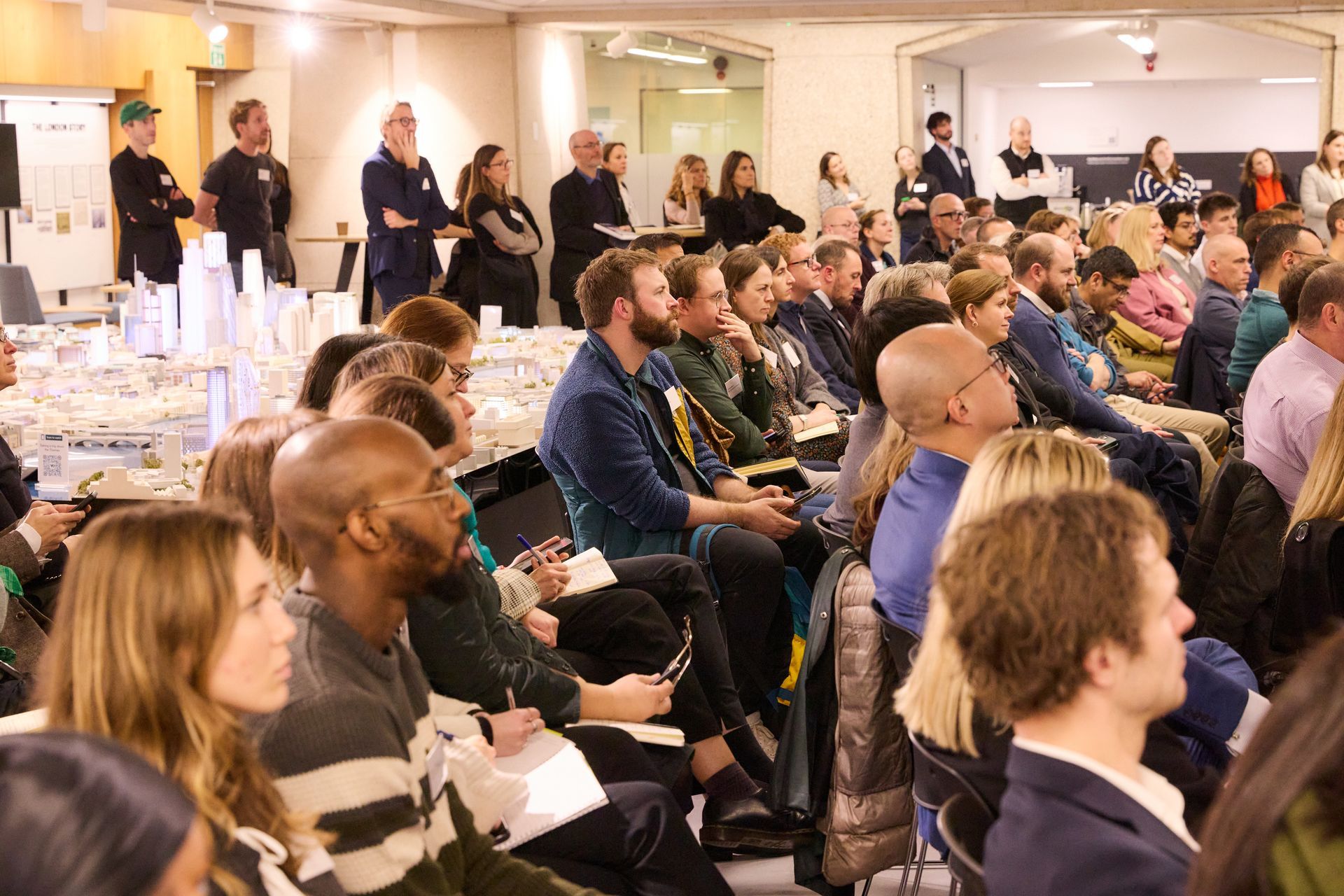A Look Back to COP26
As record-breaking numbers of delegates gathered in Glasgow in November last year, they were also joined by huge crowds of protesters outside; but the UK presidency of COP26 had set itself the ambitious task of “keeping 1.5C alive”. Whilst some heralded the conference as a success, there were many questions left unanswered and many timescales left open.
The “Glasgow Climate Pact” that emerged from the summit was welcomed by many for its commitment to doubling adaptation finance and requesting countries to present more ambitious climate pledges next year. The Pact “welcomes” the latest IPCC report and “expresses alarm and utmost concern” at warming having already reached 1.1C, with remaining carbon budgets now “small and being rapidly depleted” - current pledges, if met, will only limit global warming to about 2.4C.
Some were disappointed that COP26 failed to provide vulnerable nations with the money to rebuild and respond to the unavoidable impact of climate change and that the new 2030 promises amounted to 0.3C less warming if met, falling well short of 1.5C. Previous pledges to provide these countries with $100bn (£72bn) a year by 2020 was missed and so the prospect of a trillion dollar a year fund from 2025 was welcomed by most.
It was the first event COP decision to explicitly target action against fossil fuels, calling for a “phasedown of unabated coal” and “phase-out” of “inefficient” fossil-fuel subsidies. This was however, a weaker commitment than first proposed after a later intervention by China and India and no firm dates have been set.
Young people from around the world also made their voices heard on “youth and public engagement” day on 5 November by presenting the COP presidency with a “global youth statement”, which was signed by more than 40,000 young people from more than 130 countries.



Digital Meets Deconstruction : Maconda and Reusefully Unite to Drive Circular Construction in London



